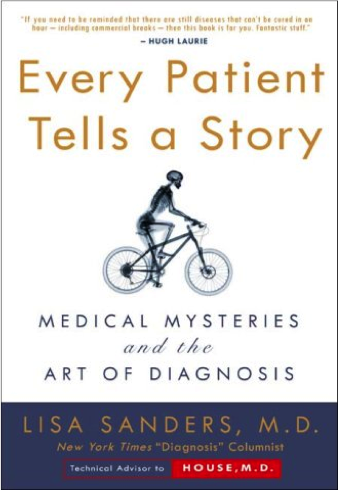Guest posting by Andrew Dumit
I recently wrote a blog post about the poor UX/UI design in electronic hospital records (EHRs). While this is an unfortunate symptom of a stagnant, low competition market, there are ways to improve the EHR experience by understanding the conversations and work that needs to go into improving the current EHRs. The problem with communicating a solution to a technical expert is not unique to medicine, but the implications are especially important in the field.
In a conversation I had with an Epic technician at a local hospital, she explained the best way to get my team’s project (a clinical pathway for the liver transplant team) completed. She told us that having a clear picture of what it should look like helped her understand what we wanted to get accomplished and she was able to show us a way that we might be able to implement it within Epic. Obviously, it’s not exactly what we hoped for due to the limited customization possible in Epic, but it’s a better lead than we had hoped for.
Working towards implementing our solution led me to a realization of a disconnect between doctors and technicians in regards to EHR use. That disconnect takes the form of doctors misunderstanding the capabilities of the technicians and the technicians not having the ability to think like a doctor. And while both sides are understandable in their current state, the problem can be solved.
First, on the doctor side, doctors need to understand that their EHR technicians are neither medical professionals nor design experts. This means that when asking for a solution to be implemented, doctors must have both a clear picture of what the solution should look like and what all of its functions should be. The clear picture of the solution should be communicated and drawn out so that the technician can understand exactly what the solution would look like once implemented and the capabilities fully explained in non-medical terms. With these two tasks done effectively, a technician will be able to do a more complete and effective job at implementing the doctor’s proposed solution.
Now, on the technician side, there are two possibilities. The first one is that technicians may need to be trained in design techniques. Technicians need to understand that doctors do not know basic design techniques and so it’s important that in the process of creating a solution they improve upon the base design given by the doctor. If this were the case, they could take a technical solution from a doctor and create a complete and easy to use implementation.
The second possibility is that technicians could attend some of the meetings where doctors discuss the problems they’re having. If they did this, technicians might be better able to understand the complex problems the doctors are dealing with and would be able to do a better job of creating a solution to the problem.
In the end, the problem with customizing EHRs is a communication problem where neither side fully understands the other. And, like other communication problems, this problem can be solved by increasing the levels of communication and having both sides understand the capabilities and knowledge of the other









